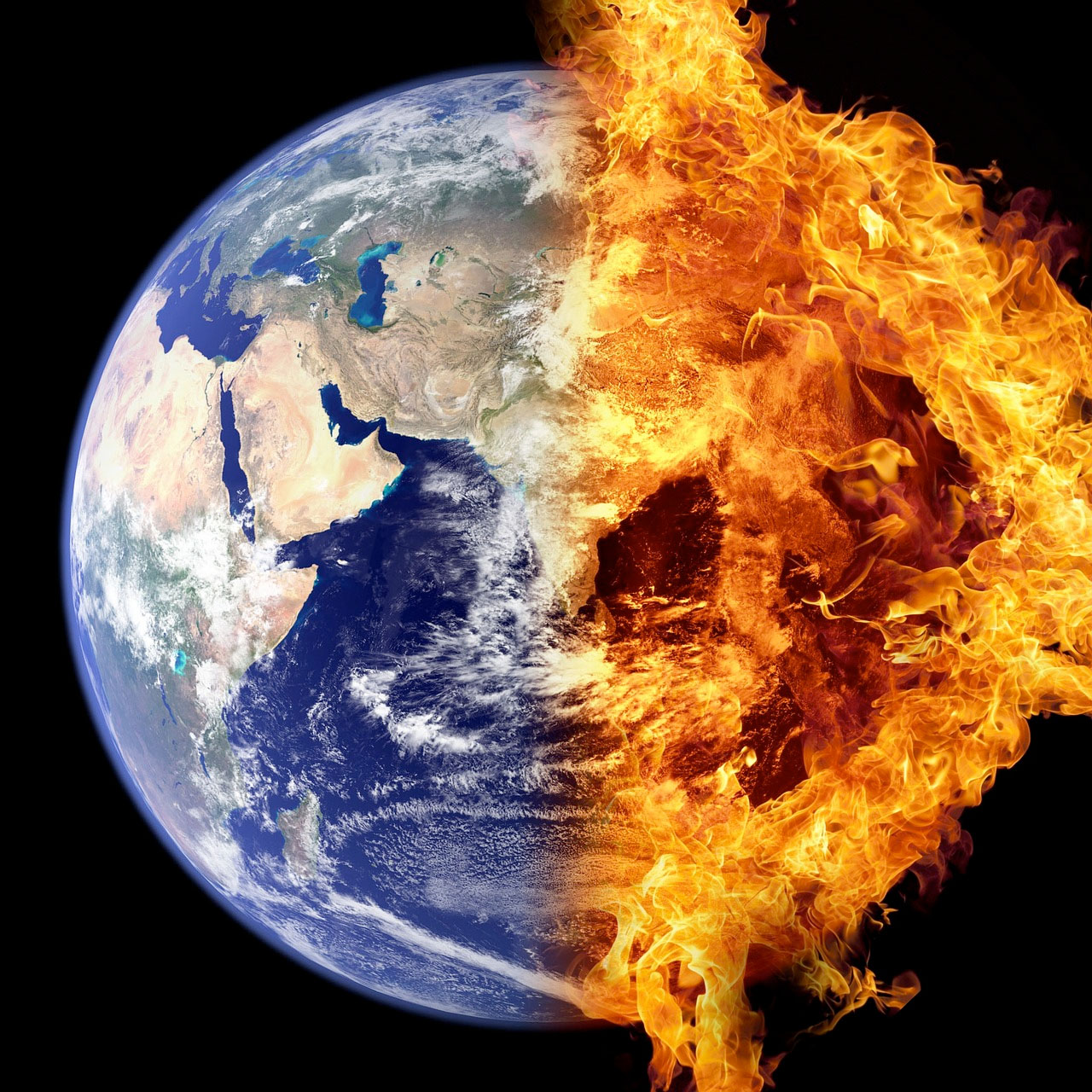COLDFALL recognizes that we don’t need to choose between profitability and the environment. Our mission is to stop waste pollution.
Current Environmental Concerns

Americans make up an estimated 5% of the world’s population. However, the U.S. produces an estimated 30% of the world’s waste and uses 25% of the world’s resources.
Tires
According to a report by the World Business Council for Sustainable Development, in 2008 around one billion End-of-Life Tires (ELTs) were being produced globally each year. A further four billion were estimated to be held in stockpiles and landfills. Around the world,it is estimated that some 1.5 billion new tires are produced annually.
With so many ELTs being produced, as well as the huge stockpiles from the past, waste tires pose many potential dangers. They can contaminate groundwater, harbor disease-carrying mosquitoes in pooled water and they are not only flammable but once ablaze, extremely difficult to extinguish.
Fewer than 50% of waste are actually recycled. More than half of these are burned for fuel.
Plastic
It is estimated that 10% of waste is plastic. We now produce more than 320 million tons of plastic each year. More than 40% of plastic—containers, shopping bags, straws—are used once and discarded. Less than 30% of the plastic produced remains in use.
76% percent of plastic (6.3 billion metric tons) has become plastic waste, yet only Only 9% of plastic waste has been recycled.
The vast majority is waste accumulating in landfills or making its way into the sea.
The COLDFALL Commitment
We hear about environmental disasters daily. COLDFALL is taking a proactive stance in the elimination of potential environmental hazards. As COLDFALL expands globally, the increase in these types of disasters will hopefully be mitigated through the reuse and true recycling of tires, plastics, and other harmful man-made elements. COLDFALL is committed to making the world an environmentally safer place to live.
COLDFALL Corporation applies best practices to ensures safety that meets and exceeds all applicable Federal and State standards for the technologies we use. The company takes the necessary steps to ensure its technology is safe for the environment, its neighbors, and for its associates. The overall net CO2 release is also estimated to be 90% less than present coal plants with low CO2 emissions during the transmutation process—no particulate release and possible reclamation benefits.
